Overview
Size
The red line indicates one mile, for scale. Austin has approximately 53,000 residents and encompasses 2,075 acres of land.
Here is a map showing the size of South Austin compared to the rest of the Chicago area.
Identity
Through signage, landmarks, and public spaces, South Austin displays a recognizable identity and character. The neighborhood is bounded by West Division Street to the North, Austin Boulevard to the West, Route 290 to the south, and Cicero Avenue to the east, though the southern boundary is the most obvious, marked by the noise and concrete of Route 290. Signage marks the southern boundary, proclaiming “Welcome to Austin/Newly Renovated.” Columbus Park marks its southwest corner. On Austin Boulevard, street lamps bear signs reading Austin. In the interior of the neighborhood, just north of the L train line lie Austin City Hall and its namesake park as well as public library and a community center. In this area fliers for a local market event can be found. In this area, some trash cans also say Austin.
Much of this identity is wrapped up in the larger community area of Austin, which contains three other neighborhoods: Galewood, North Austin, and The Island. Nevertheless, these neighborhoods are not indistinguishable, and South Austin’s boundary with North Austin is noticeable simply by virtue of Division Street’s prominence.
While South Austin does cohere as a neighborhood, it contains a great deal of internal variation. There seems to be something of a difference between the parts north of the L train and south of it. South of the tracks, everything feels less dense and quieter. There is plenty of housing, but businesses are not as common and many seem closed. Parks and playgrounds are common, and churches seem omnipresent. To the north, housing seems slightly more dense and commerce abounds, particularly on Chicago Avenue and Division Street. Of course, there are exceptions to this. Austin City Hall and the areas surrounding it, for example, are north of the train tracks but feel like the areas south of it.

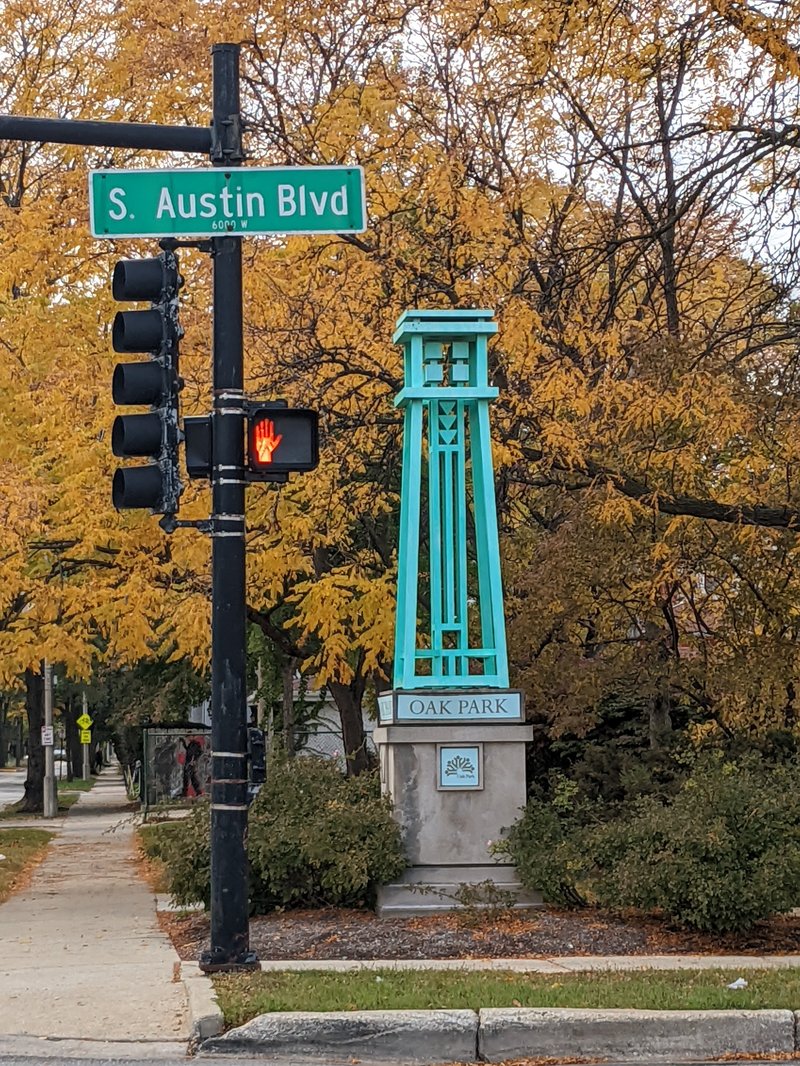
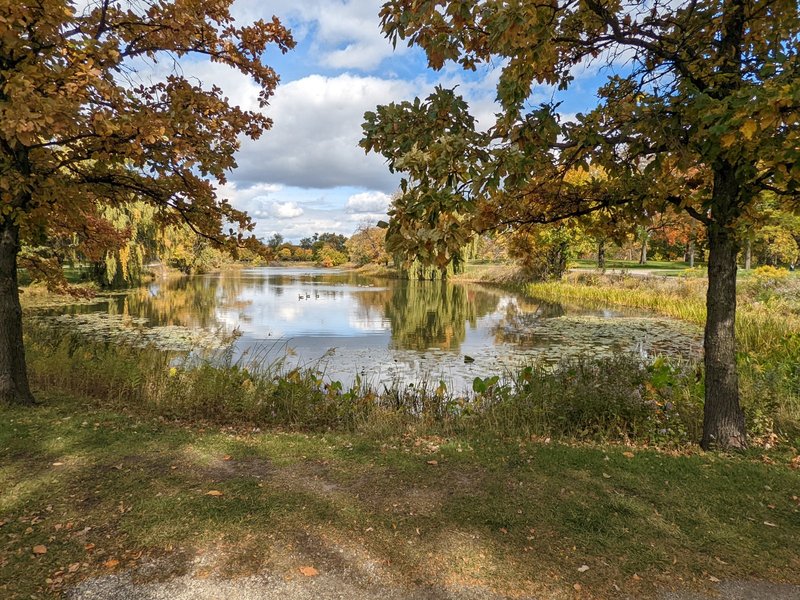
Layers
Here is a map showing the census units in South Austin.
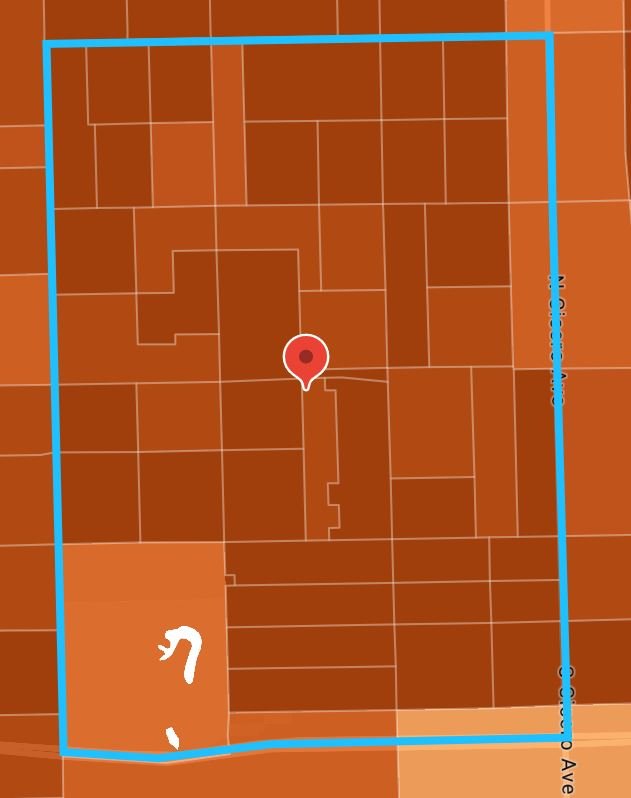
Here is a map showing which wards different parts of South Austin are in, the 29th, 37th, and 28th (unlabeled in this map).
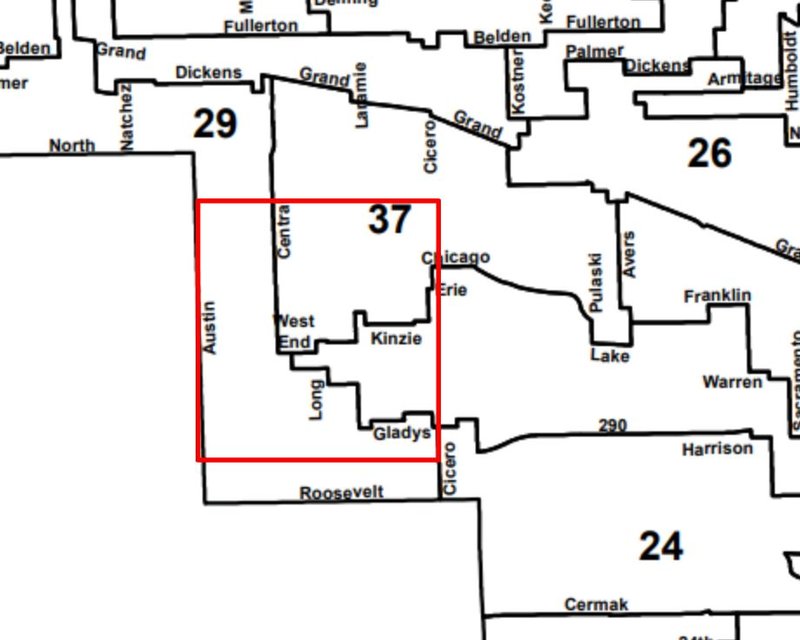
Diagram
I was struck by the number and variety of religious institutions in South Austin. I marked a number of them on a map, though there are others that have closed or may not be registered.
History
Austin’s nomination form for the national register of historic places begins ”Although Austin has officially been part of the city of Chicago since 1899, it is distinctive for the high quality of its historical fabric that recalls its origin as a railroad suburb of the nineteenth century.” South Austin’s neighborhood identity is deeply rooted in its history. A developer named Henry Austin (the namesake of the neighborhood as well as Henry Austin Park) bought 470 acres in 1865 to create a village called Austinville. These acres are now parts of South Austin and Oak Park. He intended for Austinville not only to be a place to live but a community that embodied certain values, temperance most of all. The Encyclopedia of Chicago states that “Austin's intentions for the settlement were clear: home ownership, public amenities such as tree-lined parkways, and gracious living.” These values are still apparent in the green streets and abundant small parks that characterize South Austin.
It was founded as part of Cicero Township, and grew enough in its first decades to gain great political power in town government. Austinians used this influence to build transit lines that made commuting to the city easier. The rest of Cicero disapproved of this and voted Austin out of Cicero Township and into Chicago in 1899. In an attempt to maintain a sense of neighborhood identity, residents decided to build Austin City Hall in 1929 and model it not after any Chicago landmark but Independence Hall in Pennsylvania. While this monument distinguishes Austin from the rest of Chicago, it also ties Austin to other Chicago neighborhoods as it was designed by Michaelsen and Rognstad, who also designed the Gold Dome Building in Garfield Park as well as field houses in Humboldt Park and Douglas Park.
Austin also gained another famous feature in the 1920’s: Columbus Park. It was designed by Jens Jensen, a titan of American landscape architecture. The National Historic Landmarks Program even calls it his masterpiece.
Austin first attracted upwardly mobile German and Scandinavian families, and then Italian and Irish families not long after. In the 1930’s, Greek families also began to move to Austin, and their legacy can be seen in the Greek cultural institutions near Columbus Park. As housing was replaced throughout the twentieth century, the neighborhood became more dense, and began to look more like part of a city, rather than the small town it was founded as.
Between the 1960s and the 1980s, the demographics of Austin changed significantly, with South Austin undergoing the most significant change, becoming 96% African American by 1980.
In 1992, Columbus Park was renovated to reflect its past glory and still delights locals and visitors alike to this day.
References
Google Earth Pro
AIA Columbus Park (illinoisgreatplaces.com)
National Historic Landmarks Program (NHL) (archive.org)
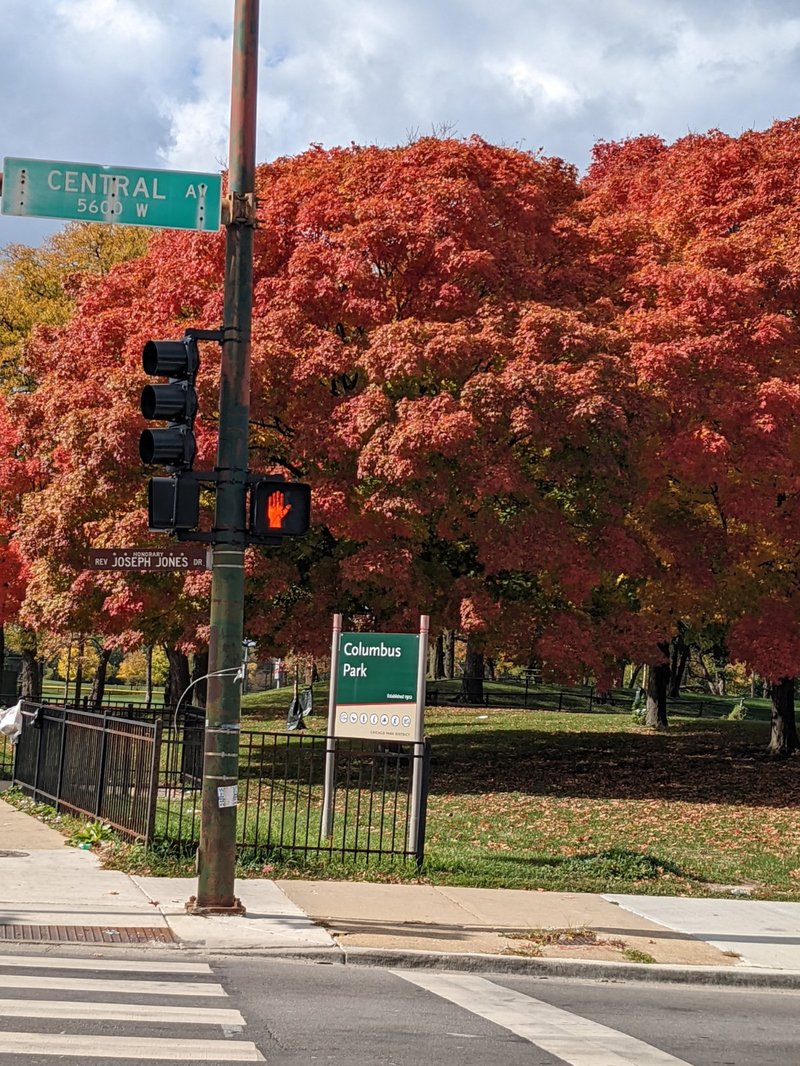

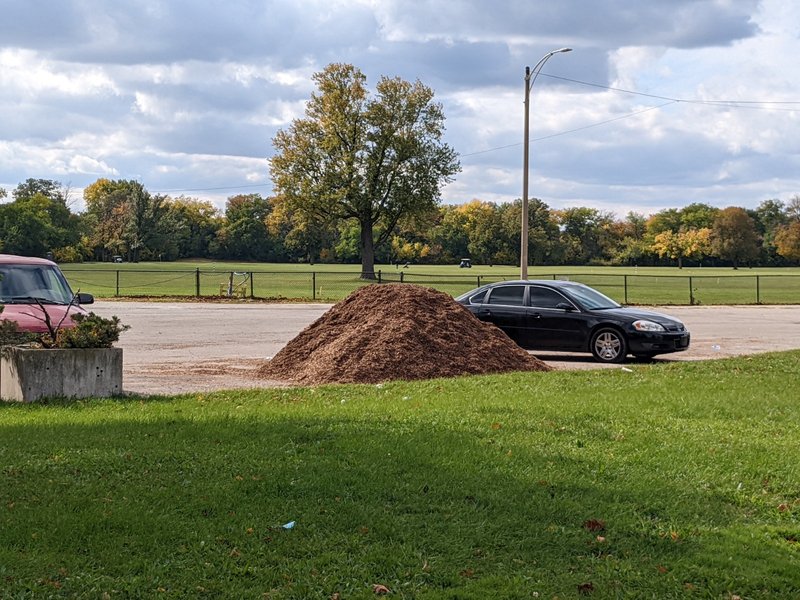
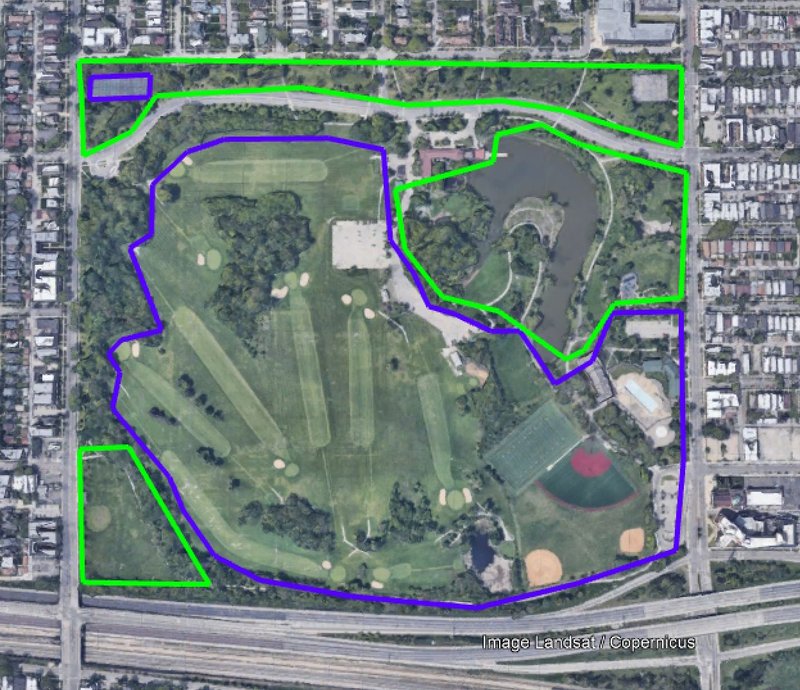
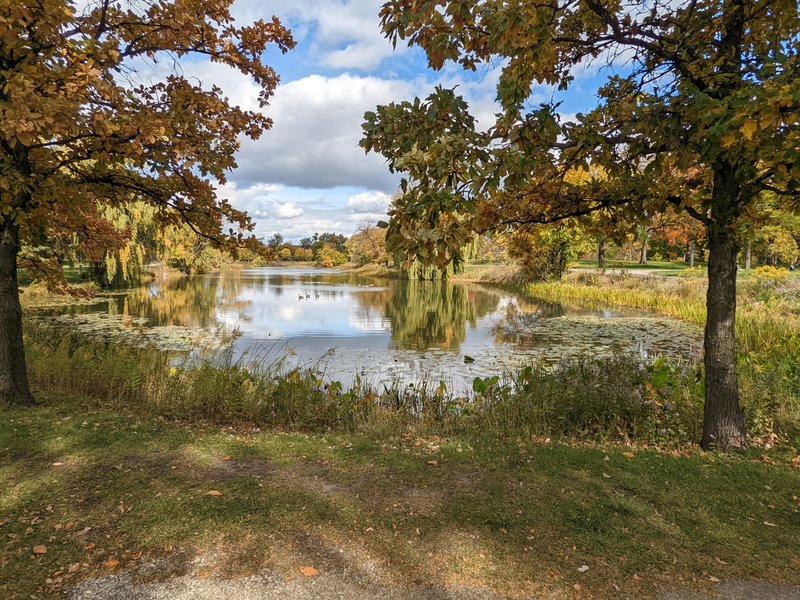
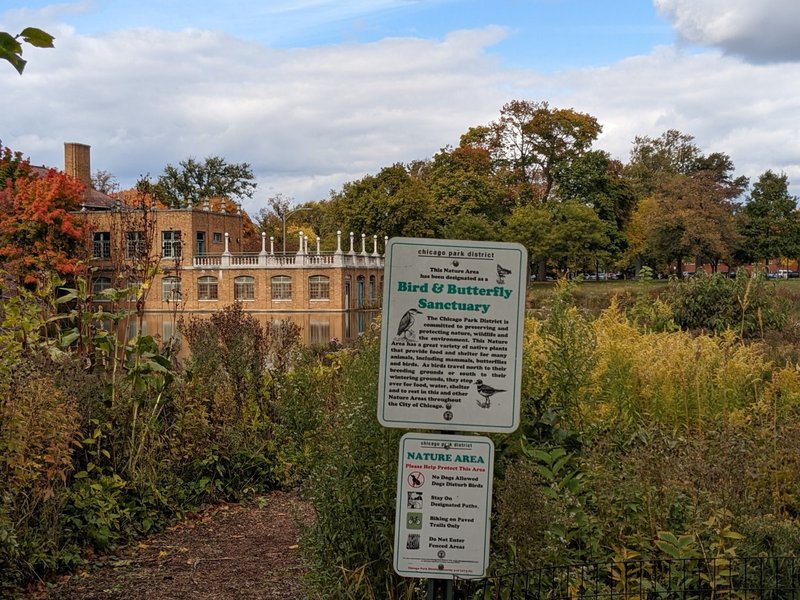

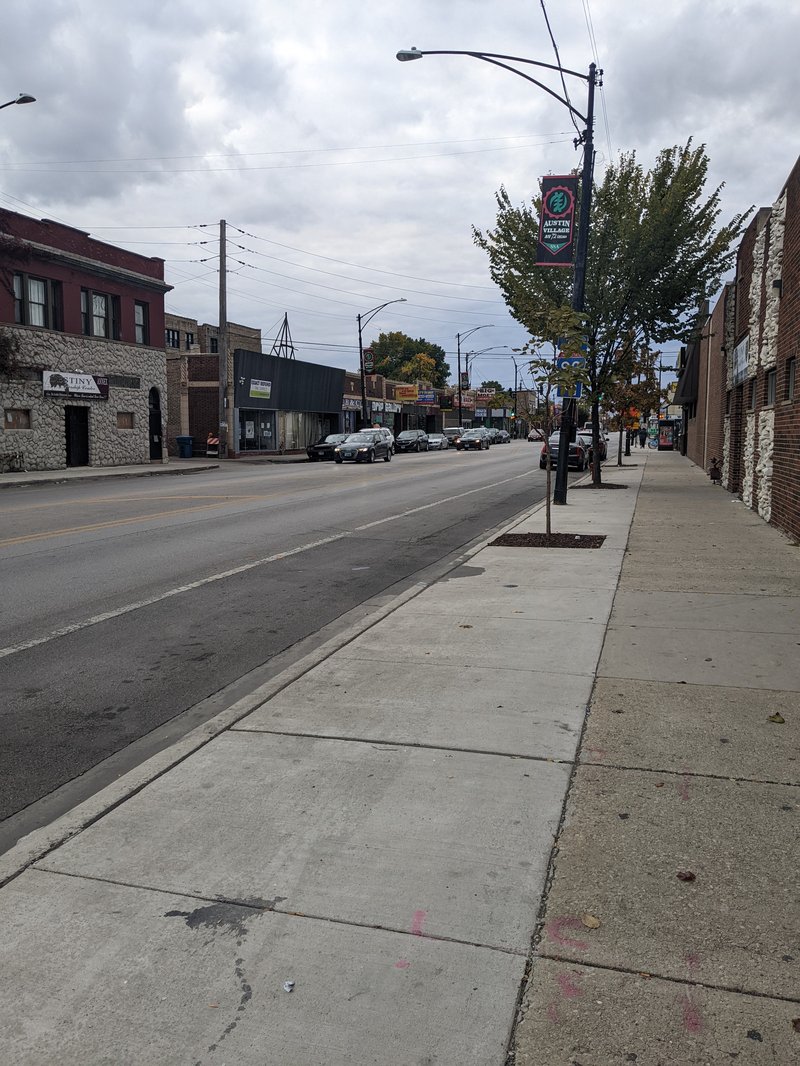
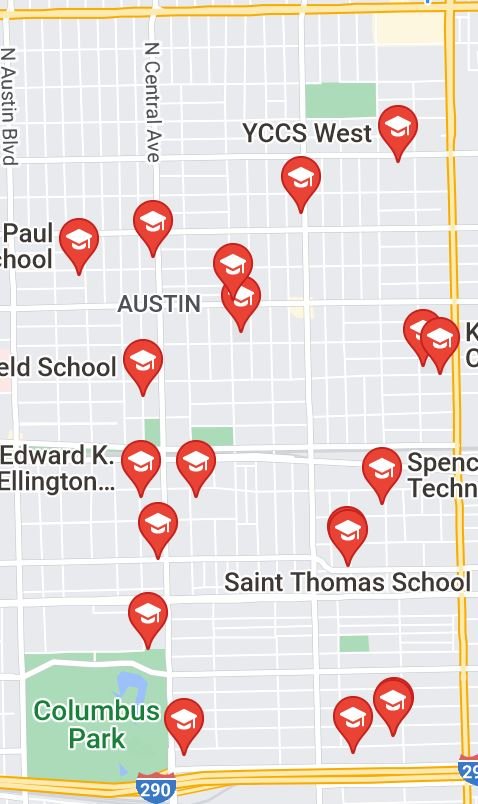
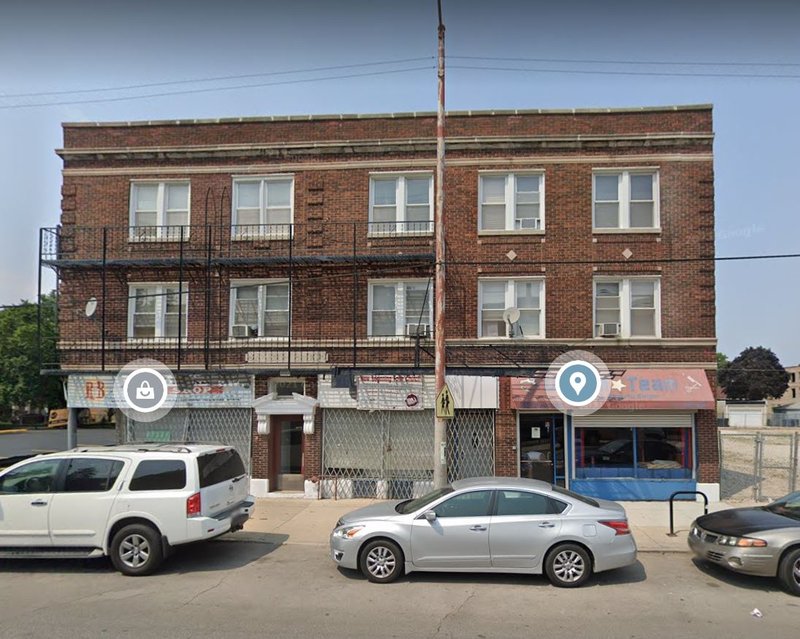
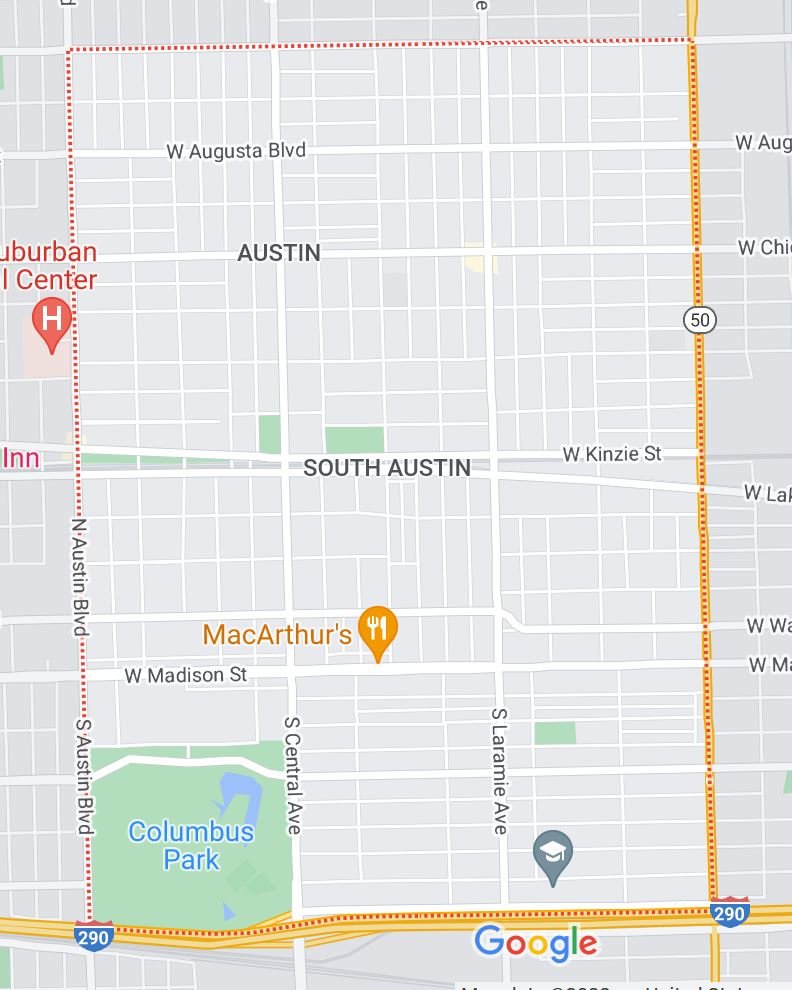
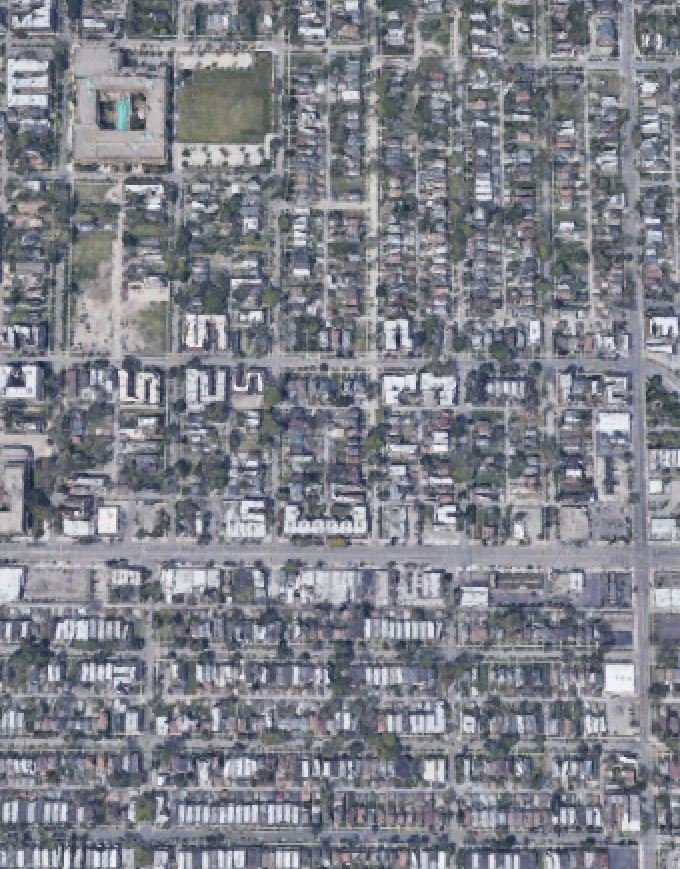

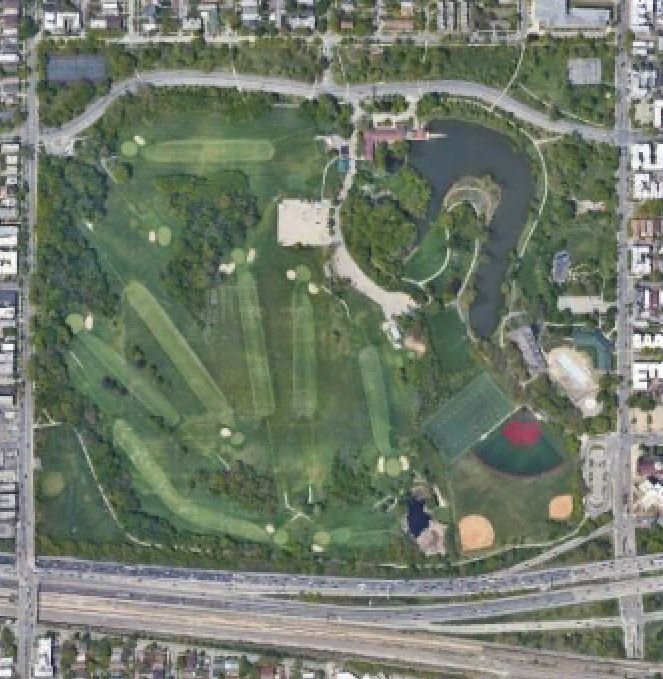
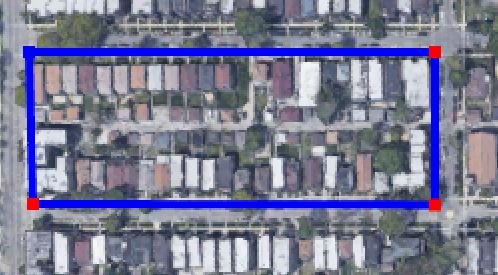
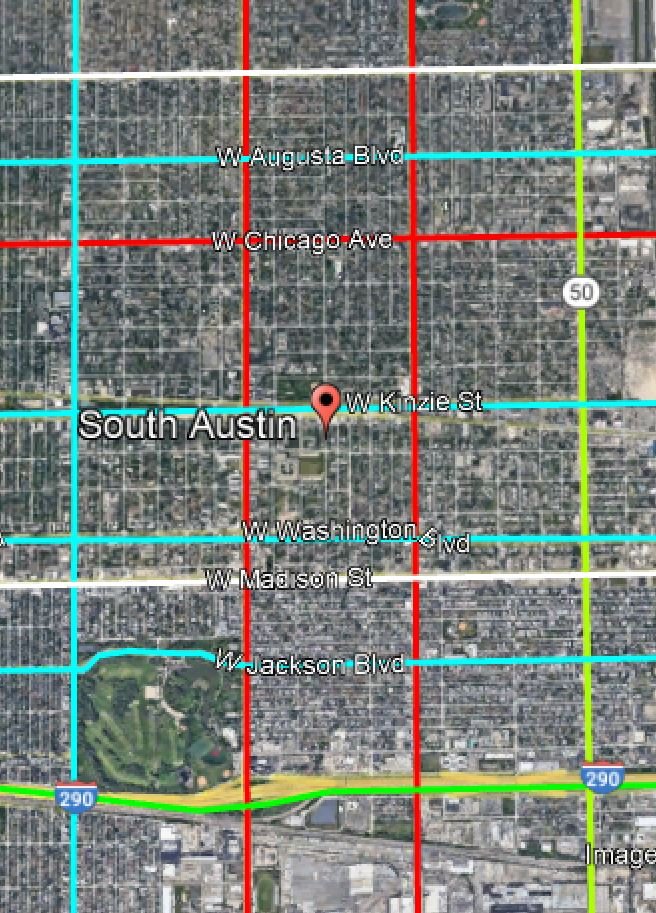
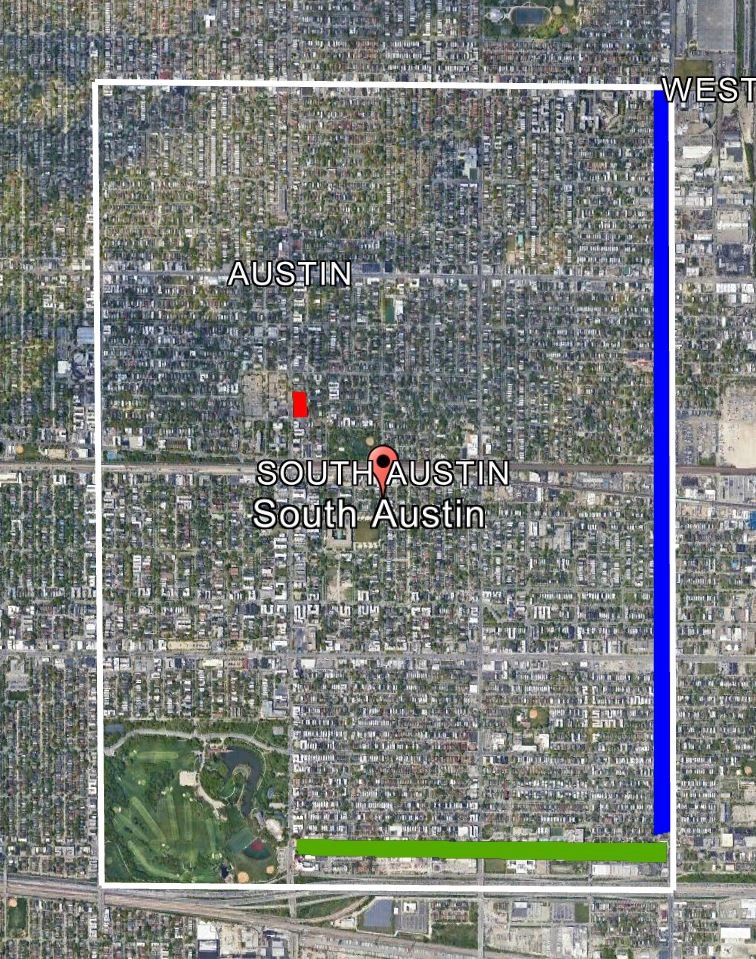

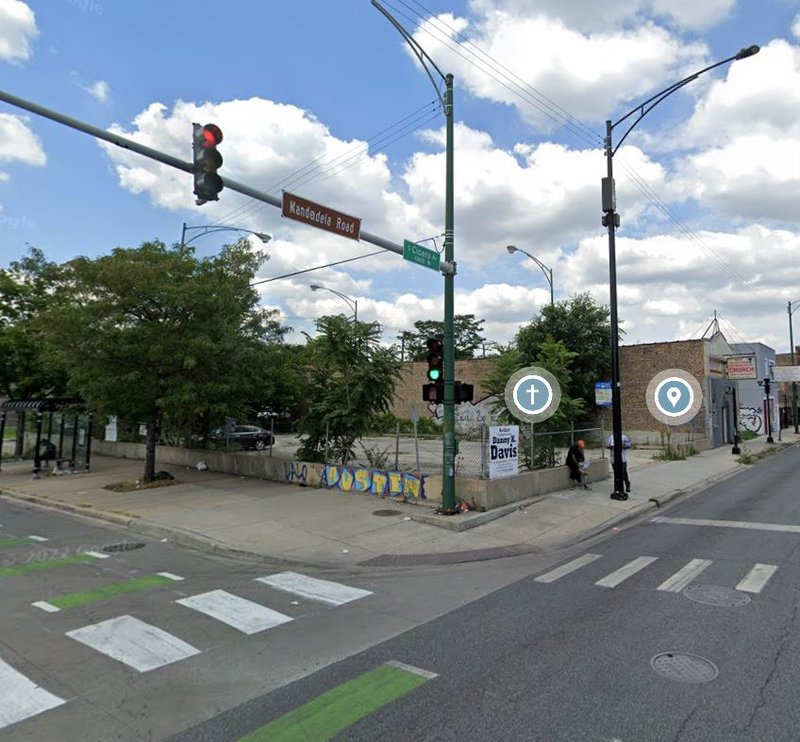
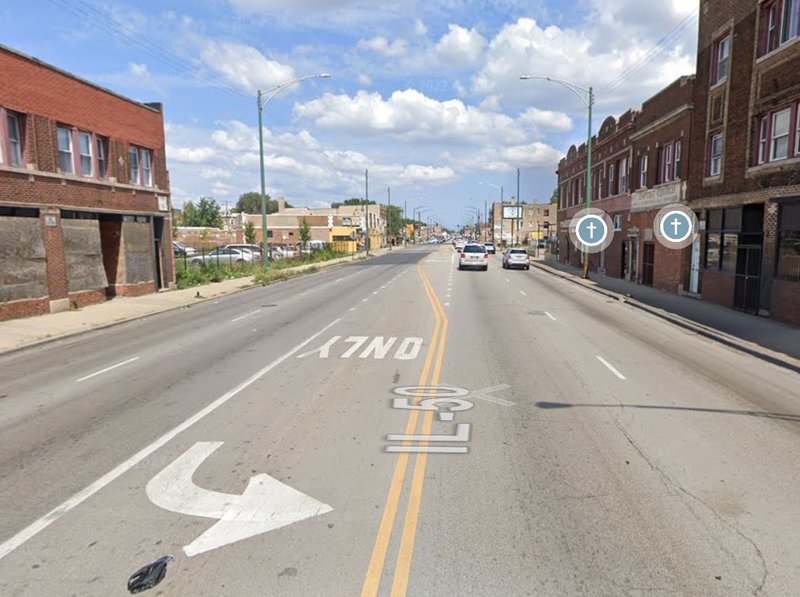
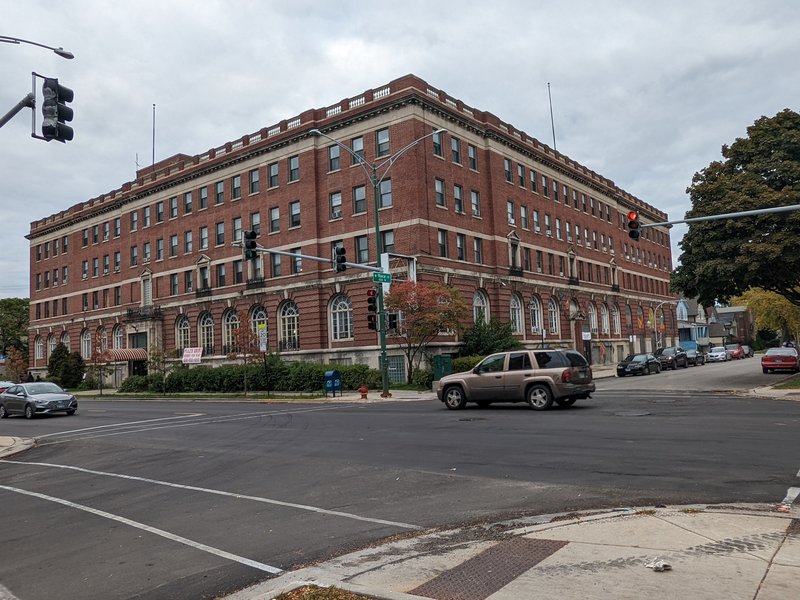
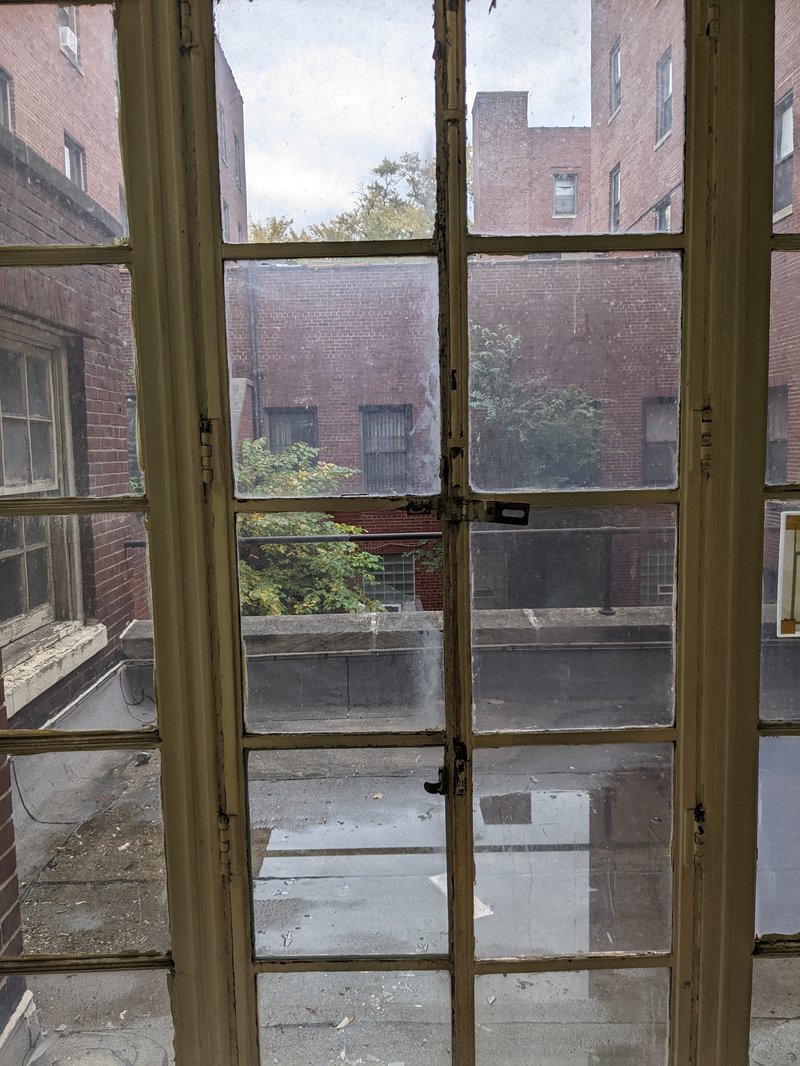
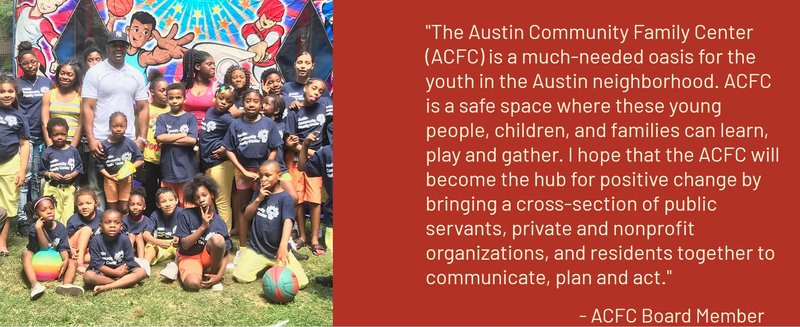


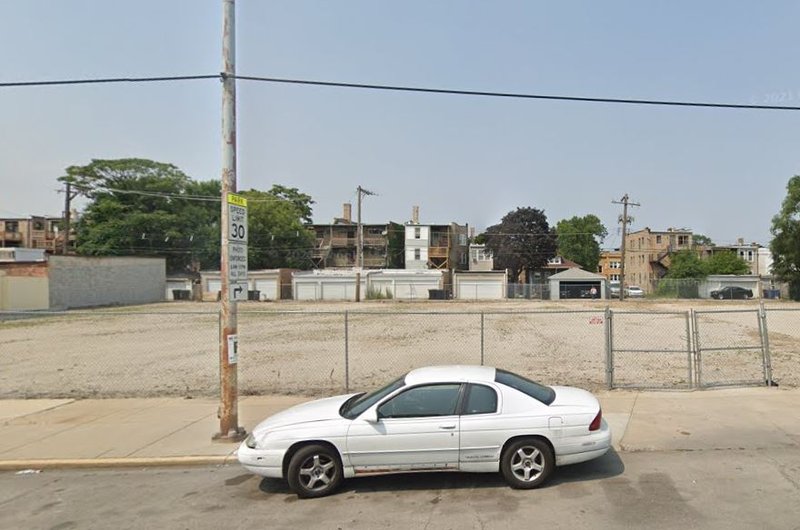
Social Mix
(According to the Simpson Diversity Index)
Diversity Analysis
South Austin is quite diverse in many ways. It is noticeably more diverse than the rest of Austin, West Chicago, and Chicago with regard to age. Its households are as or more diverse in type (single, married, etc.) than its community area, region, and city. Though almost 90% of South Austin residents have less than a college degree, educational attainment is somewhat diverse with a couple of categories. Race, on the other hand, is not very diverse, mirroring Austin's racial diversity but coming short of West Chicago's and Chicago's. It would perhaps be unfair to give West Chicago and Chicago too much credit as much of their diversity is built on racially non-diverse neighborhoods like South Austin.
Sources
Social Explorer
Diversity Analysisk